If you’ve been following our series on Net Unrealized Appreciation (NUA), you’re already familiar with it as a powerful tax strategy for PACCAR employees holding company stock in their 401(k). From reducing ordinary income tax exposure to supporting charitable giving and long-term planning, NUA offers meaningful financial advantages.
But how do you actually put this strategy into motion?
That’s where many people hesitate—and understandably so. The NUA process involves multiple steps, requires precise timing, and often includes coordination between Fidelity, Equiniti Trust Company (EQ), and your custodian. But don’t worry—we’re here to walk you through it.
Let’s break it down.
What Happens When You Trigger NUA?
The NUA strategy is set in motion when you take a lump-sum distribution of your 401(k) after a qualifying event—typically retirement. The goal is to move your PACCAR stock from a tax-deferred environment (your 401(k)) into a taxable brokerage account where the growth (appreciation) will be taxed at capital gains rates, not ordinary income rates.
However, to make that happen, a very specific chain of events needs to be carefully orchestrated.
Step-by-Step: How the NUA Process Works
The first step to take if you are considering an NUA strategy is to consult with a financial and tax advisor who will help you evaluate your situation. If it’s determined that an NUA strategy is the right course of action for you, we will help guide you through the following process to implement your NUA strategy.
1. We Start with a Call to Fidelity
Grunden Financial Advisory, Inc. will coordinate a conference call with Fidelity Retirement Brokerage Services to initiate the process. On the call, you’ll confirm that you want to distribute your account and trigger the NUA strategy.
2. Fidelity Confirms Stock Details
Fidelity will provide the number of PACCAR shares in your 401(k), along with the cost basis (the original value used for tax calculations). This is critical—we’ll document this carefully and show you what form to provide your accountant for future tax reporting.
3. Shares Move to Equiniti (EQ)
Your PACCAR stock is transferred in-kind from Fidelity to the transfer agent: Equiniti Trust Company. This keeps the shares intact and avoids any unintentional sales that could trigger taxes.
4. The Rest of Your 401(k) Is Rolled Over
The remaining 401(k) balance (non-stock PACCAR holdings) is liquidated, and a check is issued for rollover into your IRA. This amount is not taxed, as long as it’s handled correctly as a direct rollover.
5. Statements Are Issued
You’ll receive two critical documents:
- A distribution statement showing how the 401(k) was split between stock (for NUA) and IRA
- An EQ statement showing your shares in a new, individually owned PACCAR stock account
6. You Transfer Shares to Your Brokerage Account
Once your shares are held at EQ, we’ll assist in transferring them to your preferred brokerage account (e.g., Schwab, Fidelity, Vanguard). This allows you to manage or sell your stock as part of your broader portfolio strategy.
Common Questions About the Process
Do I have to sell the stock right away?
No, you can hold the PACCAR stock as long as you want. In fact, many clients employ a staggered sale strategy to manage taxes and diversify their investments gradually.
What if I want to donate some of the stock?
That’s a great option. Once the shares are in a taxable account, you can gift them to a charity or donor-advised fund and avoid capital gains tax on the appreciated value.
How long does this all take?
Generally, the process takes 2–4 weeks, depending on how quickly documents are signed and transfers are processed. Timing is critical—especially if you’re coordinating with a retirement date, Social Security, or required minimum distribution (RMD) deadlines.
Why It Helps to Have a Guide
NUA is a powerful tool—but one that’s easily misused if the process is not followed correctly. Here are a few common pitfalls we help clients avoid:
- Missing the lump-sum distribution requirement, which disqualifies the NUA treatment
- Accidentally selling shares before they transfer, triggering unwanted taxes
- Failing to document the cost basis for future capital gains reporting
- Holding stock too long without a plan for diversification or charitable giving
At Grunden, we’ve walked PACCAR clients of ours through this process. We don’t just tell you what to do—we help you do it, step by step. That means:
- Coordinating conference calls with Fidelity
- Tracking all transfer paperwork and timelines
- Showing you what documents you need for tax reporting
- Helping you make strategic decisions around timing, giving, and sales
The Bottom Line
You’ve worked hard and saved diligently—now it’s time to make your PACCAR stock work for you. Whether you’re looking to reduce taxes, support causes you care about, or retire on your own terms, NUA can be a smart part of your plan.
We’re here to ensure everything goes smoothly.
Ready to see if NUA is right for you?
Let’s walk through the numbers and see how it fits your unique retirement picture.





